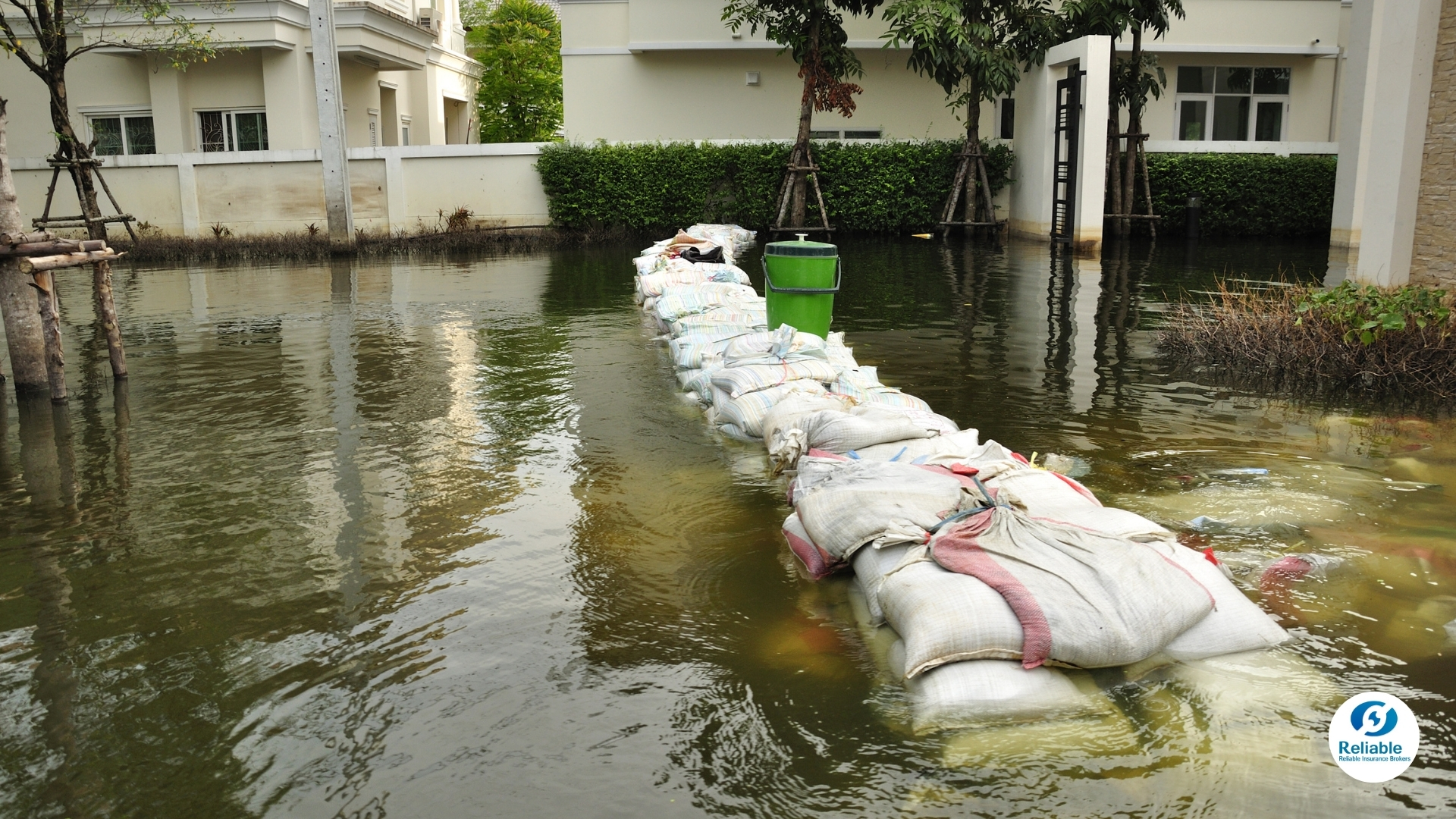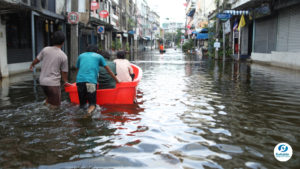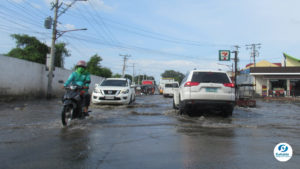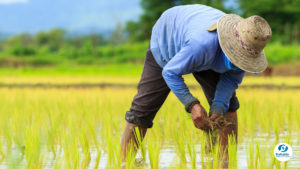Climate change is no longer a distant threat—it’s already affecting everyday life in the Philippines.
From more powerful storms that hit one after another in 2024, to the now-regular Dangerous Heat Index alerts, the signs are everywhere. According to the World Risk Index, the Philippines remains one of the most disaster-prone countries in the world.
But beyond natural hazards, climate change is also reshaping how Filipino families manage their homes, finances, and well-being. What does this mean for the average Filipino family—and what can we do to prepare?
How Climate Change Threatens Filipino Households
Climate change isn't just an environmental issue—it’s a growing household risk. Its effects are showing up in the way we live, work, eat, and stay healthy. From destructive weather to rising food prices and even long-term health consequences, here are some of the most serious ways climate change is affecting Filipino families today.
Extreme Weather Events
Because the oceans are getting warmer, storms that hit the Philippines are becoming stronger—even if we don’t get as many in a year. We’ve seen this in recent years, and the memories of Ondoy and Yolanda still leave a mark. Many Filipinos lost their homes, jobs, and loved ones—and we still talk about these disasters today.
While wildfires like those in California don’t happen as often here, areas like Metro Manila are not safe either. With so many houses and buildings packed closely together and the extreme summer heat, one small fire can quickly turn into a disaster. In just minutes, it can destroy entire homes and small businesses.
Resource Scarcity
With storms becoming more devastating and incidences of droughts getting more common, food and water are two resources gravely impacted by climate hazards. By the time the 13th storm hit the country in 2024, some PhP 30 billion in damages had already been done to the agricultural sector, and the average for the Philippines is 20 a year.
On top of reducing the food supply, this also makes what’s left more expensive. Water scarcity due to droughts also impacts the power supply as the country’s hydroelectric sources literally dry up, not only causing power outages but also making electricity more expensive as power suppliers ask more to maintain their facilities or build new ones.
Forced Migration
While most people may opt to stay and tough it out, more move away from vulnerable areas to safer zones. This has the double whammy of depopulating areas, affecting businesses in that locale, and increasing population density in these “safer” areas as more and more people move there.
Aside from the usual challenges brought about by high (and low) population density, more people moving into an area drive up the cost of land there, exacerbating living costs and putting strains on resources in that region.
Threats to income
On top of direct financial costs like damages to homes and businesses or personal injuries, climate hazards like storms and fires—from very dry conditions during summer—can force businesses to cut down costs if not relocate completely, impacting jobs.
Climate-linked hazards can also affect small and medium enterprises such as farming, fishing, stores, and eateries as crops die, fish populations collapse, and hazards affect business operations. A single corporate office of a few hundred staff shutting down or relocating can adversely impact ancillary businesses linked to it, from convenience stores to suppliers.
Health Issues
Extreme climate events can adversely impact health, especially among vulnerable populations like the young, elderly, and those with health issues.
On top of that, climate change also increases the chances of infectious diseases spreading as animal carriers are forced into more contact with humans via habitat loss and other factors.
Besides the risk to life and limb from these health issues, they also impact the already strained finances of households from all the other challenges noted above, as out-of-pocket medical care can get very expensive.
Building Household Resilience to Climate Risks
While many of the solutions to these impacts require a systemic and nationwide effort, households are not powerless in the face of climate change. Some ways you can deal with climate risks to your homes, businesses, and families:
- Protecting Against Extreme Weather: Households, businesses, and communities can prepare for extreme weather by making simple changes—like planting more trees for shade and checking that canals and drains aren’t clogged. Bigger efforts, like better drainage systems, can also help reduce flooding and damage during heavy rains.
- Growing Food Through Home and Community Gardens: The “plantita” phenomenon was big during the pandemic, but it may help mitigate climate risks. With better information and guidance, you can turn even a small front yard or rooftop into a garden to yield edibles like tomatoes and vegetables. Some communities can even turn unused land into small farm lots.
- Staying Healthy with Regular Check-ups and Vaccinations: Many infectious diseases have corresponding vaccines. Regular check-ups can also be preventive, detecting any potential health problems while they’re still easier and less costly to manage.
- Saving More by Living Simply: Living with less can help you save more. By cutting back on things you don’t really need, you lower your food and electricity bills. It also helps ease the pressure on food supplies and the power grid—something that benefits the whole community.
- Building Financial Resiliency: While you’re financially capable, build as much resilience as you can—not just through savings but also by making investments and getting insurance for your properties and health.
The Role of Insurance
Many of the hazards brought about by climate risks can be further mitigated with the right kind of insurance products:
- Providing Financial Protection. Depending on the policies you purchase, you can ensure protection for your physical assets, health, and even loss of employment.
- Coverage That Suits Your Needs. Basic policies can already provide a decent amount of protection to various hazards, but you can customize many plans to expand their coverage for incidents like Acts of God in the case of property insurance, to non-critical needs for medical coverage.
Reliable Insurance Brokers is committed to providing you with the best insurance products tailor-made to your needs, whether it be to safeguard your property or the health of your family. We have a wide selection of policies to suit your needs and budget, and give you peace of mind amid today’s climate-related challenges.
Contact us today to learn more about how we can assist you.
Contact Information for Inquiries and Support
If you have any questions or need assistance with your insurance, feel free to reach out to us:
- Call: +63 2 8631 9285 to 86
- Mobile: +63 917 138 5120
- Email: info@reliable-insurance.ph
- Messenger: m.me/reliable.insurancebrokersph
Sources:
- United Nations (2025), Five ways the climate crisis impacts human security.
- Philippine Daily Inquirer (2024, November 15), Endless stream of storms draining PH GDP, home incomes.
- US Department of the Treasury (2023, September 29), FACT SHEET: The Impact of Climate Change on American Household Finances.










